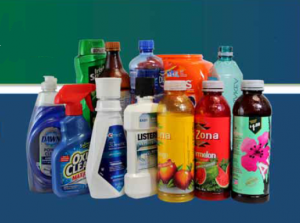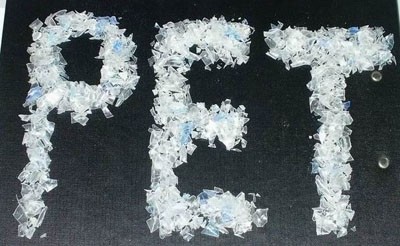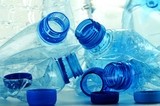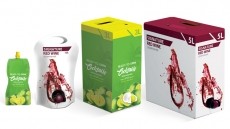Challenges include low bale yield
PET supply chain must innovate to boost recycling, meet demand: NAPCOR
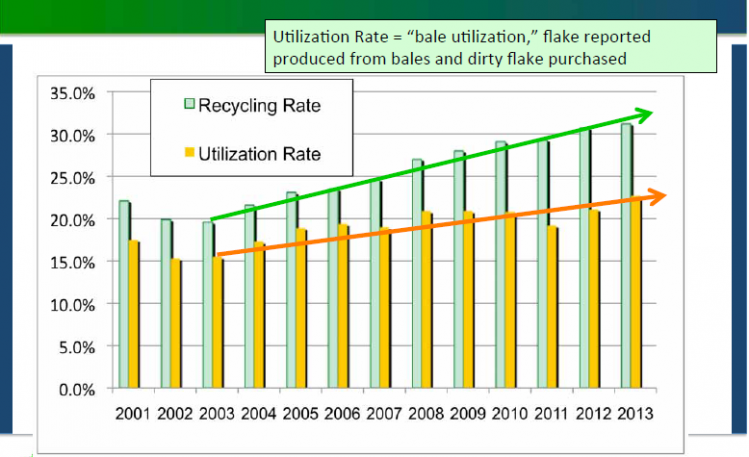
Speaking on behalf of the National Association for PET Container Resources (NAPCOR), chairman Tom Busard told attendees of The Packaging Conference in Atlanta, Georgia, “We (the industry) have done a lot, but there are many things left to do.”
He said the PET recycling rate reached 31.2% in 2013. While that number reflects a continuing upward trend, declining bale yields have resulted in tight supplies of high-quality recycled PET flake for manufacturing, he said.
And he wasn’t just quoting studies — aside from chairing NAPCOR, Busard is chief procurement officer for Plastipak Packaging, Inc., and president of Clean Tech, Plastipak’s recycling affiliate.
“Single-stream recycling brings in more tonnage, but often results in more contamination of the bale,” he explained.
“In addition, not all PET packages reflect Design for Recycling guidelines. When PET packages have features like full shrink labels or barrier labels, they are harder to recycle.”
A different sort
Also affecting bale yields, ongoing lightweighting means more PET sorting and processing is required per pound of clean flake generated. More sorting and processing may require investment, Busard indicated. “At my company, Clean Tech, we just spent $11m on sorting equipment,” he said.
Another challenge is that the market “is still viewed as a seller’s market due to strong domestic and export demand,” Busard noted.
He said NAPCOR’s current priorities are: 1) PET brand development, 2) paving the way for non-clear PET packaging, 3) improving rPET supply, 4) confronting threats to the PET package, and 5) data gathering and analysis.
Brand development will involve refocusing promotions around PET’s core attributes and reinvigorating PET packaging promotion, he said.
NAPCOR recently launched a non-clear PET initiative, Busard said. The goal is to better understand what types and volumes of packages are on the market or expected to be on the market, and where those packages are ending up in sorting lines at municipal recycling facilities (MRFs).
“Ultimately, the question is: how might non-clear packaging be sorted, aggregated, and processed to best suit current and to-be-developed end markets?” he said.
Souping up supply
Busard said there are two parts to boosting rPET supply: increasing PET thermoform recycling and improving PET bale quality.
NAPCOR's PET reclaimer workgroup is currently assessing PET bale quality and relative bale “grades,” he noted. The group aims to provide data-driven, industry-accepted bale quality tiers and audit method, and to offer a clear path forward for MRFs to improve bale quality.
The workgroup is also overseeing trials and lab tests to better understand how to integrate thermoformed PET packaging into the recycling stream.
The group’s work involves data collection on potential PET thermoform volume in the recycling stream. It is also monitoring sorting trials at PET reclaimer facilities, as well as plaque trials on intrinsic viscosity (IV), labels, ink, anti-stick components and potential effect on rPET.
